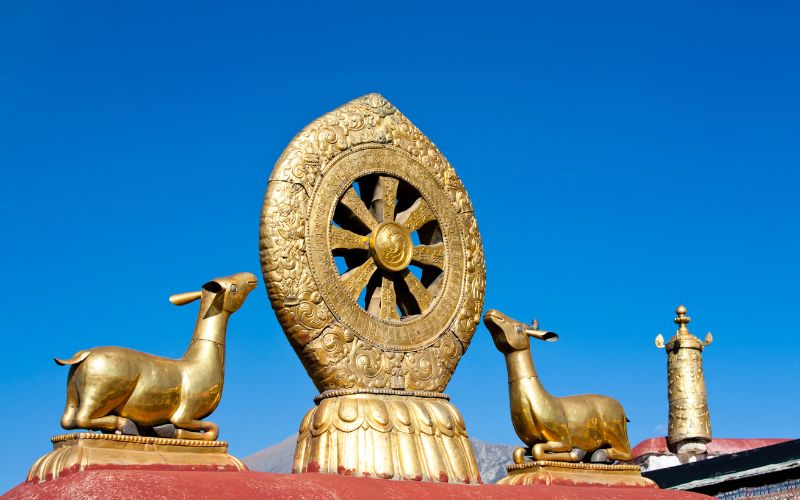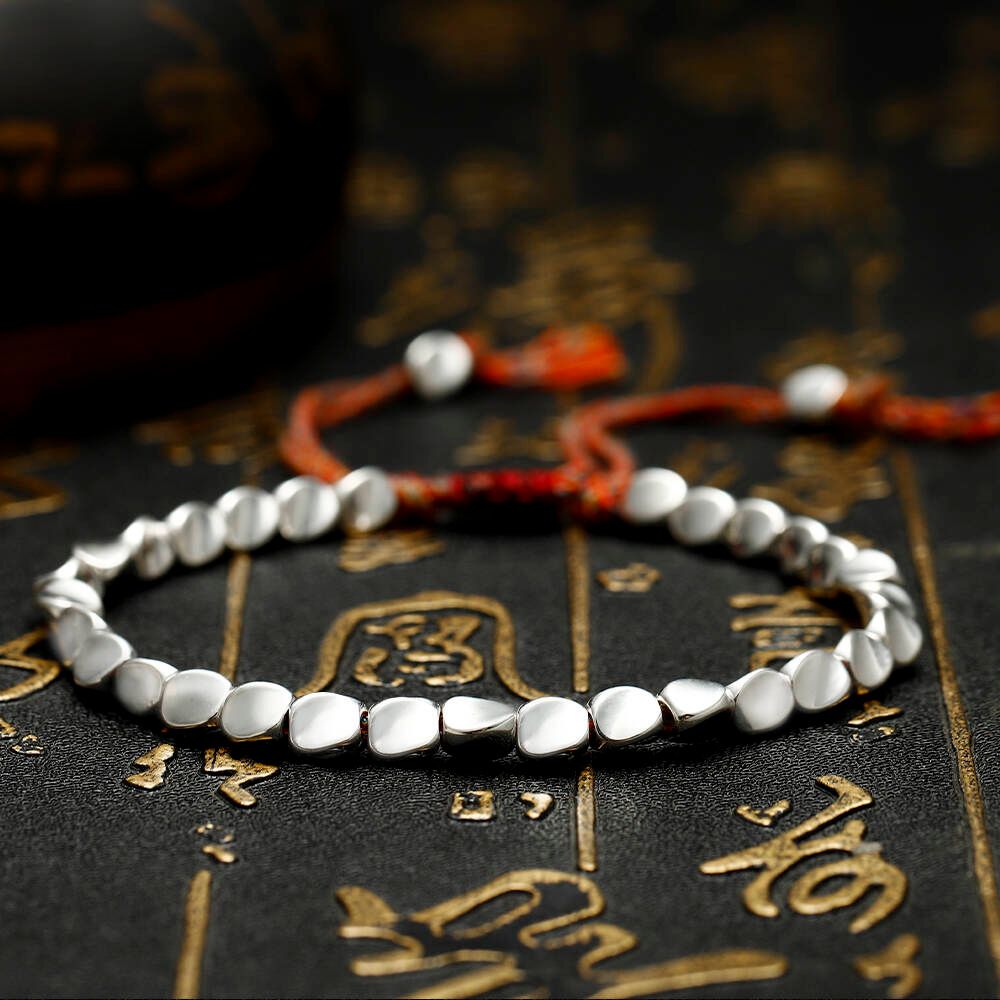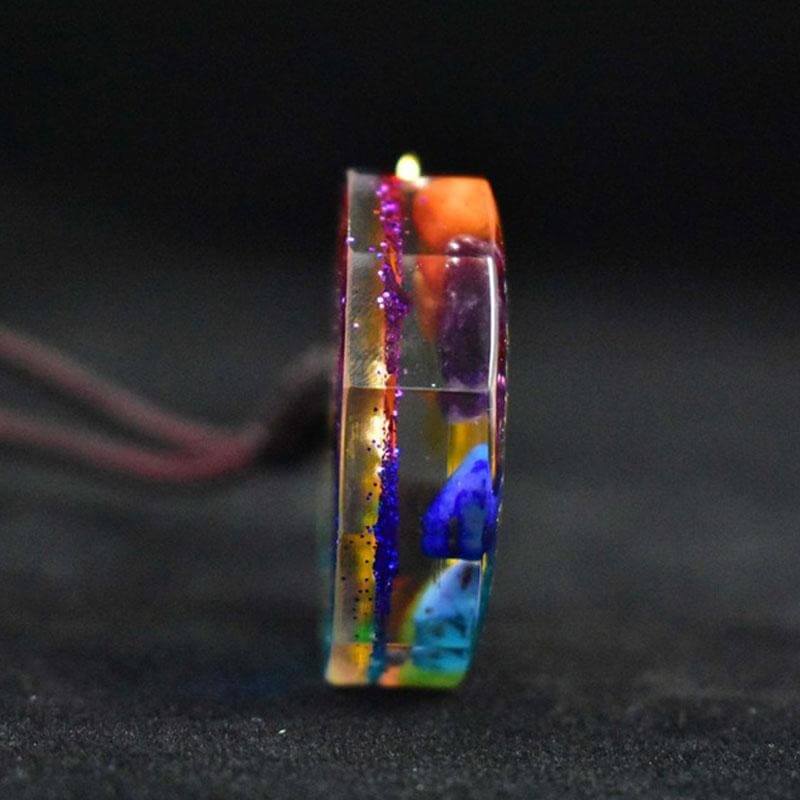As a meditator, yogi, or otherwise spiritual seeker, it's essential to know what your dharma wheel is—and even more important to know how to use it.
We have compiled everything you need to know about finding and using your dharma wheel into one helpful guide that will help you navigate this process easily.
The Dharma Wheel
There are eight auspicious symbols in Tibetan Buddhism, and this includes the dharma wheel.
It is one of Buddhism's earliest symbols, which is also known as “dharmachakra” in Sanskrit. Similarly to how a cross symbolizes Christianity or the Star of David symbolizes Judaism, this symbol is used to signify Buddhism worldwide.
Traditionally, the dharma wheel is depicted as golden chariot wheels with various spokes. It’s composed of three main components that represent significant teachings of Buddhism: the hub, the rim, and the spokes.
Even while it is often linked with Buddhism and Hinduism, the Dharma Wheel really has its origins in the ancient civilization of the Indus River Valley. Some also believe the dharma wheel represented the sun during that time.
What the Dharma Wheel Represents
As mentioned above, the dharma wheel has three main components.
Different scholars and cultures have offered various interpretations of these pieces throughout the years. However, some frequent interpretations of the wheel's significance include:

- Rim. The dharma, or Buddha's teaching, is complete, much like the wheel's circular form.
- Spokes. Consciousness and meditation are the glue that ties the practice together, and the wheel's rim symbolizes this.
- Hub. The center stands for integrity and self-control. Three twirls in the center of the wheel represent the Three Treasures or Three Jewels, which are the Buddha, the Dharma, and the Sangh. They might also stand for happiness.
You may also find the yin-yang symbol, a blank circle, or a second wheel in some depictions of the hub.
Dharma Wheel and Number of Spokes
Based on the number of spokes, several ideas are represented.
- With eight spokes, a wheel might symbolize the Eightfold Path. The most frequent kind of Buddhist wheel has eight spokes.
- If a wheel contains 10 spokes, each pointing in a different direction, it’s symbolizing the whole world.
- A wheel with 24 spokes symbolizes the Twelve Links of Dependent Origination, its reversal, and one's eventual escape from samsara. The Ashoka Chakra is a dharma wheel with 24 spokes.
- In ancient Buddhist cosmology, a wheel with 31 spokes represented the 31 spheres of reality.
- Wheels with four spokes are very unusual, and when they do appear, they often represent one of two things: the Four Noble Truths or the four dhyanas.
Spokes that extend over the wheel's rim may be interpreted as spikes, even though they don't seem extremely sharp in most cases. Different "spikes" stand in for deep realizations and enlightenment.
Benefits Of Wearing Dharma Wheel
Jewelry shaped like the dharma wheel is both fashionable and spiritually significant. You can't go wrong with using it for a necklace or a pair of earrings.
The dharma wheel is unique among religious symbols in that it resembles both a cartwheel and a ship's wheel. In this sense, it is appropriate for people of all faiths to wear, since the symbolism of a wheel is universal.
Wearing an object imprinted with the dharma wheel may be considered a technique to bring good fortune and positive energy into your life. This also shields you from any potential harm.
Additionally, it serves as a gentle reminder of the way to enlightenment.
But for most Buddhists and Hindus, wearing dharma wheel jewelry or apparel is a means to express their beliefs, much to Christians wearing the crucifix or the cross.
How To Use Dharma Wheel
The dharma, like a wheel, goes around in circles, and this motion represents the eternal recurrence of Samsara (death and rebirth).
As a metaphor for the rapid spiritual change one experiences, while embracing Buddha's teachings, the cyclical aspect of the dharma wheel is relevant. There is a belief that Buddha's first instruction started this wheel in motion, and that his following teachings rotated it even further.
Aside from rotating the wheel for enlightenment, it is also a Buddhist symbol of luck. If you’re looking to use the dharma wheel as a lucky charm, simply wear it as a piece of jewelry.
Symbols Related to the Dharma Wheel
There are various presentations of the dharma wheel that include two deer—a buck and a doe—on each side of the lotus pedestal upon which the wheel rests. It’s reminiscent of the real Buddha's first sermon upon his awakening. It said the lecture was delivered to five wandering monks at a deer park called Sarnath in present-day Uttar Pradesh, India.
Legend has it that a herd of ruru deer lived in the park and came to listen to the preaching, lending credence to the Buddhist account of events.
Because of this, the dharma wheel's portrayal of a deer serves as a reminder that the Buddha advocated for the salvation of all sentient creatures, not only humans. The deer are enlightened beings manifesting in some tellings of this tale.
If a deer symbolizes the dharma wheel, the wheel should be at least twice as tall as the deer. Hence, the deer are shown with their legs crossed, their noses elevated stately, as they look intently at the wheel.
The Takeaway
Buddhism is a religion that teaches the value of self-control and moderation—both in terms of worldly desires and in terms of spiritual pursuits. It focuses on practicing compassion and understanding while recognizing that we are all interconnected, and the Dharma Wheel represents that.
While it is impossible to be completely free from suffering, Buddhism teaches us how to use our experiences with suffering to understand ourselves, improve ourselves, and ultimately reach enlightenment.














Thank you for putting this together… very informative.
May your path be filled with Peace, Joy, and Light 🛞
Thank you and may you be free from suffering 🙏
Leave a comment